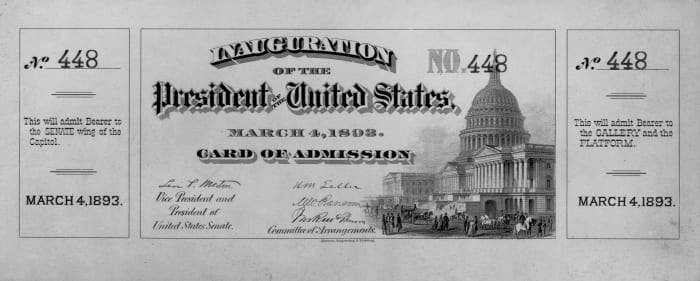The Congress of the Confederation set March 4, 1789, as the date “for commencing proceedings”, or Inauguration Day, of the new government established by the U.S. Constitution. While a particularly bad winter delayed the inauguration of George Washington by eight weeks, subsequent incoming presidents and vice presidents took their oaths of office on March 4.
The four-month gap was needed in part because of the time it took to count, report votes, and to travel to the nation’s capital. However, the lengthy lame-duck period caused problems such as in the aftermath of the 1860 election when seven states left the Union during the long “Secession Winter.” President-elect Abraham Lincoln had no power to act, and outgoing President James Buchanan took no action, leaving the issue for his successor.

Inauguration Day Moved To January 20
As technological advances greatly reduced the times to tabulate votes, report the results and travel, such a long lame-duck period was no longer logistically necessary. As a result, the 20th Amendment, which was ratified on January 23, 1933, moved up Inauguration Day to January 20 and the first meeting of the new Congress to January 3.
The 20th Amendment didn’t take effect until October 1933, after the long lame-duck period once again proved problematic. With the U.S. in the throes of the Great Depression, incoming President Franklin D. Roosevelt had to wait four months to implement his New Deal while uncertainty further roiled financial markets. January 20 first served as Inauguration Day in 1937 when Roosevelt was sworn in for a second term.
